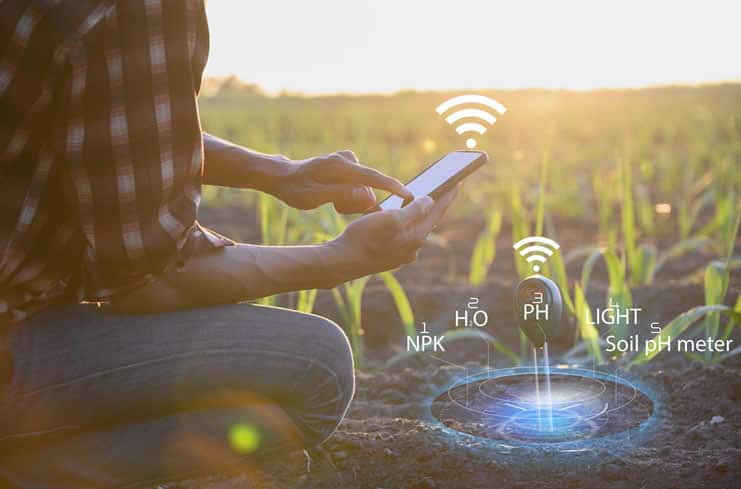 Today we are using all possible channels to provide customer service to our customers. People increasingly demand 24/24 and 7/7. I don’t mind adding to it that people have inflated expectations and sometimes demands that are exaggerated. We live in a society of instant gratification and, to be honest, I personally find this rather sad. But it is what it is and in the eyes of your customers opinions about how their demands evolve or about societal evolutions don’t matter.
Today we are using all possible channels to provide customer service to our customers. People increasingly demand 24/24 and 7/7. I don’t mind adding to it that people have inflated expectations and sometimes demands that are exaggerated. We live in a society of instant gratification and, to be honest, I personally find this rather sad. But it is what it is and in the eyes of your customers opinions about how their demands evolve or about societal evolutions don’t matter.
Customers and businesses will increasingly include social media for customer service, we know that much, even if the evolution has been rather slow. However, we know the power of customers in these “consumer-driven” times.
There are lots of examples of companies using platforms such as Twitter for (social) customer service purposes successfully. However, there are also lots of examples of companies doing it without success. That does not have to be because they do it wrong. It can depend from the type of customers they have (is your customer on Twitter?), what kind of products and services they sell and where they are based.
Why would you offer a customer service channel on Twitter if your average customer is not really using it?
A good reason might be because some use it. However, why do it for this small percentage? Because chances are that these customers are pretty active or even “influential”, using various social networking platforms and tech-savvy. Now and then this leads to what I would call more attention for some kind of social customer elite.
If you don’t offer the possibility, these customers will probably complain about it sooner or later. Another reason might be that tomorrow’s customer will be on Twitter, seeking for customer service. But the most important reason today is simply the fact that more than ever customer service matters.
A plethora of online customer service tools but do people use them?
I’m using the example of Twitter but of course there is much more. Live chat on your website, a Skype button, one of those many social customer service platforms in the cloud that you can embed in all your online and social media presences, the list is long.
What does reality show? That call centers (well we don’t call them like that anymore, now they are contact centers), customer service departments, etc. are mainly contacted by traditional channels such as email, telephone and even letters.
A contact center report, I wrote about, showed that call centers often offer more customer service possibilities than their customers use (!), including Twitter, Instant Messaging, live chat, etc. According to the latest contact center report by ContactBabel, web chat continues to grow. Email, remains the most popular digital channel in inbound contact center interactions, although mobile service apps and even web chat might take over in a few years.
Trinicom, a Dutch vendor of Customer Interaction Management and web based self-service solutions, found that the main functions that customers expect to find on a website are…an email address and a telephone number. Email, the research, said, is still the most popular tool to ask questions to a company. When sending an email to the customer service of a company, 54.5% of the respondents expected at least a notification that the mail had been received and in what timeframe it would be answered.
Are you listening to me?
57% of the respondents stated that it should be easy to ask questions on a website and that information should be easy to find. It’s probably not a coincidence that customer service is moving more online.
Customers further seemed to have positive customer service experiences if their questions and problems were rapidly and accurately addressed, if the customer service or contact center operator showed empathy and listened well, if the people they talked to for their questions were friendly and willing to go just that little bit further to help them out.
Bad experiences included long waiting times, customer service collaborators that are rude or not qualified to meet the customers’ issues and being sent from one person to another.
So, in the end, what matters is the quality and speed of customer service interactions and a personal approach.
And although channels such as email still play a leading role, you can be sure that customer service requests via social media and other digital and mobile platforms will continue to rise.
However, what matters more than the platforms as such is how personal your interactions will be: empathy, listening and going that little bit further…
Images purchased under license from Shutterstock






